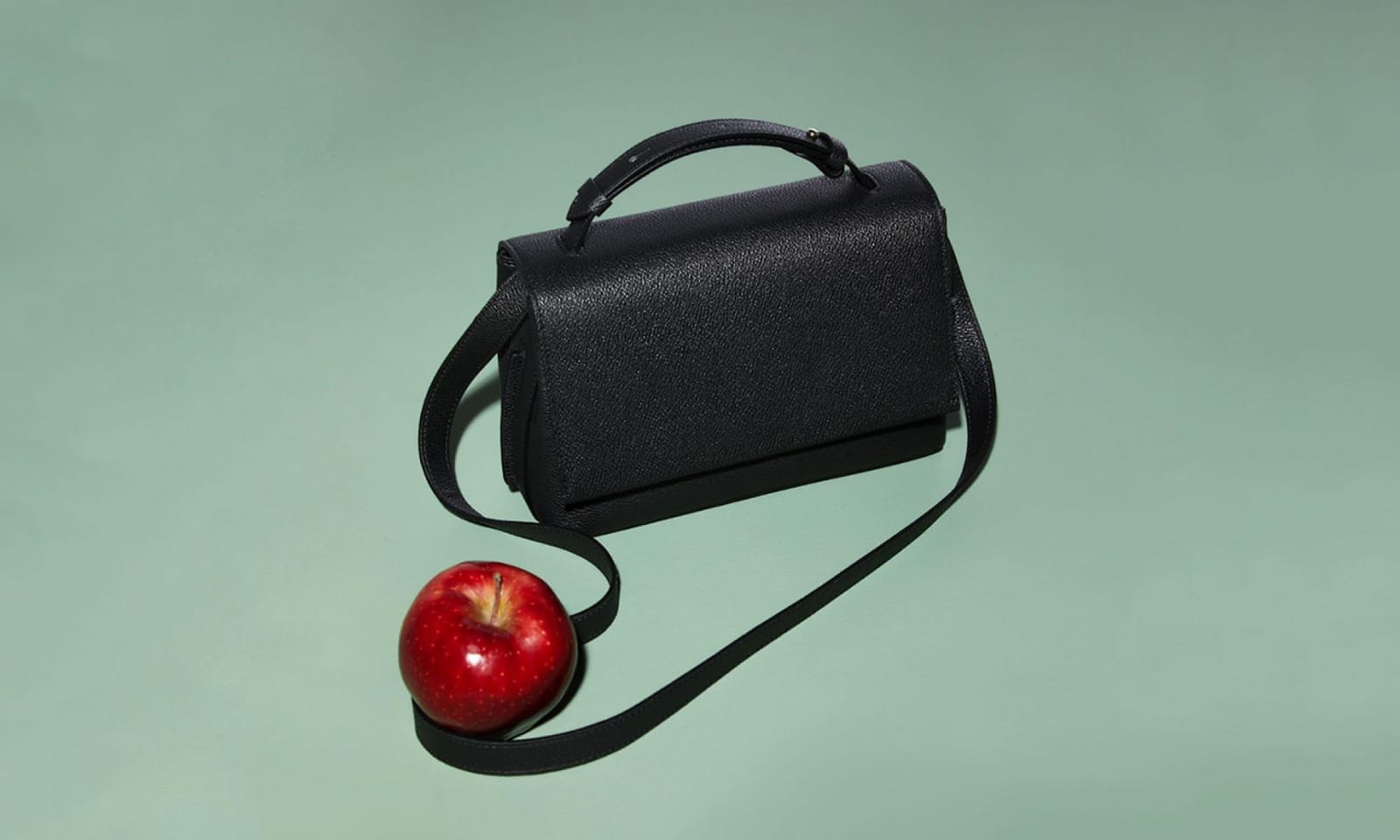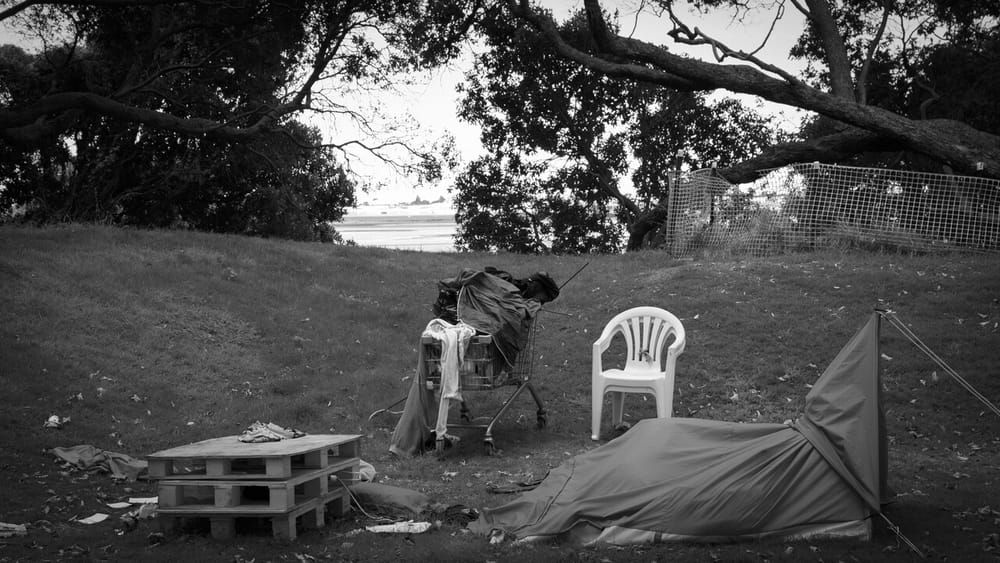Every year, the fashion industry generates over 92 million tonnes of textile waste, is responsible for over 190,000 tonnes of microplastics found in the ocean and produces nearly 20 percent of the world’s wastewater, making it one of the biggest polluters in the world, second only to oil. Is there a solution? Potentially, in biotechnology. In our interview series Fashion Futures, we explore the organisations and innovations presenting us with a more sustainable future: from textiles grown from fungus and dyed by microbes to algae clothing that can turn carbon dioxide into oxygen.
Australian-born Jessica Kruger is the founder of LUXTRA, a certified B-corporation creating positive change in the world of luxury fashion through the use of innovative materials originating from plant and fruit fibres. Jessica’s own values, along with her plant-based lifestyle, have influenced the way LUXTRA approaches fashion, from production to final product. I spoke to her about her journey from a vegan restaurant owner to a fashion brand owner and about her vision for the future of fashion.
First of all, can you just tell us a little bit about LUXTRA and where the idea came from?
Sure, ooh, where to start? Um, I’ll go right back to the beginning! I grew up in Australia and moved to Europe when I was 20. I was living in Switzerland when I became a vegan. The reason [I became vegan was] was because my mother did something quite interesting with her life: she was taking a sabbatical from Sydney and moved to the United States to work on an animal farm sanctuary. Through her work there with the animals she became a vegan and I started educating myself on it too. So I moved to London to start a vegetarian restaurant back in 2013. I did that for a few years and then when I needed to move on, I started working on LUXTRA shortly after that in 2017. I’m somebody who’s very passionate about what I do; I can’t do a job where it doesn’t make a difference in the world. I feel very strongly about animal welfare, so I want to show people that you can have nice things in your life, and you don’t have to kill any animals [laughs].
I think that’s just really interesting to hear—how you got to where you are. I’m also very interested in fashion, and I think for a long time, fashion has had quite a lot of negative connotations, but it’s really nice to hear about people that are making a change and showing how it can still be celebrated without necessarily being as damaging as it has been. What made you go from creating a vegetarian restaurant to the fashion industry? Obviously, your values for both are very similar, but the industries are very different.
Yeah true. So I guess when I first became vegan, I thought, “Right, food is the most important area to tackle: this is where I’m going to focus my energies.” I mean I hadn’t thought of fashion at that time. So I put all my energy into helping people see that meat-free food could be really interesting and delicious, and the setting could also be very nice; it didn’t have to be like “hippie and hempy.” I thought I would be doing my restaurant for like the rest of my life, you know. I think I started it when I was 25-26, and I thought I’d definitely be there for 10 years at least. But then I had some issues with my business partner; we didn’t get along after a while, and so one of us needed to move on. I thought it would be him and in the end, it was me! [Laughs.]
It didn’t work out too badly though [laughs].
Yes exactly, exactly. So I took a bit of time off; I was like, “Right okay, like my world’s just like changed drastically.” But actually at the time, even when I was running my restaurant, I was actually starting to interview designers for the idea of doing leather-free fashion accessories. I found there was no one else—there [was] Stella McCartney, yes she’s a vegan bag brand—but there was nothing else that I really liked or that had that sort of feeling I was after. There [was] Matt & Nat and a few others, but I didn’t feel like that was my aesthetic, and I love handbags [laughs]. So the idea was already bubbling. And then of course, when I left the restaurant, it was like, “Okay, well this could be a new option for me.” I remember doing a big mind map of thoughts and ideas that I could have for next business ideas. There was recycled cardboard; there was a launderette; there was latent labour in the workforce trying to, you know, people with big skill sets that were no longer working. But I chose fashion because I could see myself doing it for the longest period of time and being really excited about it every day. And also when I was running [my] restaurant, I really wanted something that I could ship around the world because with food, you know, your customers are limited by a geographical radius, whereas with a product you can ship to [anywhere in the world].
After researching the brand, I just found it very fascinating that you were using materials made out of pineapple and cactus and apples. When you were starting the brand, did you know specifically what materials you wanted to use? How did you get to the materials that you currently use?
So I think I was first thinking about it in 2016, and then in 2017, it was like, right, let’s go and see what [vegan] materials are on the market. Like you said, I changed industries—I can sew, you know; I grew up sewing, so I knew about textiles and things like that, but never leather or leather alternatives. So that was a big eye-opener and a big surprising journey to find these materials. You know, you go to trade fairs and the more you know, the more you don’t know, do you know what I mean? Sort of like, oh okay, what else is there out there? And there were also a lot of vegan leathers at the time that were PU [polyurethene] based, so mostly plastic. I think there was Piñatex that I came across but I was sort of like, “Eh, I'm not sure, it doesn't look great.” And yeah, so I actually started using real leather for a while, because I thought: a) everything is made out of plastic and b) at least it’s a by-product... you know, I convinced myself.
I’m not very proud that I used leather, but I did. I was using vegetable-tanned leather, which is only used with natural dyes, whereas most leathers in the world—85 percent of leather in the world—are chrome-dyed, so [they] have lots of chemicals. But then you know I had my mentor sort of saying, “Jess, you’re a vegetarian; you’re a vegan; how can you be okay with using leather?” So after a while, I changed to vegan and then I was like, “Right, now I’ve really got to find a product that ticks all the sustainability boxes, ticks the vegan box,” and it’s really hard because a lot of the materials still today have a lot of plastic in them, even if they are partly made from, say, cactus.
I feel, more so now, there’s a greater awareness of sustainable living: you know, people being vegan and vegetarian is less of a “Oh, what is this crazy thing?” So when you’re trying to find suppliers or materials or products, even though it’s still difficult, is there more opportunity or more people who are involved than previously, or is it not much of a difference?
Yeah, no it is definitely. I remember the first big textile fair I went to in Paris; it’s called Première Vision, and I went in 2017 and I remember asking, “Do you have vegan leather?” and they were like, “Huh?” And I remember going to one stand—it was a Spanish company—and I was like, “Vegan leather?” and they showed me some samples and I was like, “But this is real leather!” [Laughs] And yeah, it was really tricky; there was barely anything. There was Piñatex and that was about it. Whereas now, I even have a leather supplier that I used to use and he’s got in touch to say they’re working on a vegan range: a leather factory is working on a vegan range—so it’s very promising. And also, it’s really nice because it’s not like it’s been 20 years; it’s been like five years and already a huge amount of change has happened.
That’s really interesting, really good to see, because on a large scale, you can see things are progressing, but then in terms of suppliers and more behind the scenes, we as customers don’t necessarily see that element. I know you said that things like trying to source vegan leathers were difficult in the past, but are there any other obstacles or challenges that you’ve had to face while running a sustainable brand?
The first thing that is coming into my mind is money: I’m a self-funded business so I don’t have any investors. And business generally is really hard, but the fashion industry especially is super competitive and to be able to compete with and get the attention of people who would normally buy a Louis Vuitton bag for example, you have to put in a lot of effort, but that’s the way it is; that’s the name of the game. That’s more of a general thing. The other thing I find difficult or frustrating is greenwashing, which is like Zara saying that they’ve got an eco-collection; it’s like, oh my gosh [rolls head back]. Yes, that's good, but also frustrating because it’s probably more lip service, you know.
I understand what you mean. I think it can be difficult when you see brands being like, “Yeah, we’re eco-friendly,” and you're like, “Well, are you actually? Because last week you weren’t, so how have you suddenly changed in a week?” This is just my personal opinion, but I feel a lot of brands jump on the bandwagon and aren't authentic. This is probably very frustrating for brands and people like you that have been trying to work on this for a while.
Yes, exactly what you said, yep.
But then on the opposite side of that, on a more positive note, what’s your favourite bit about what you do?
Well, generally what really gets me motivated and feeling good is seeing LUXTRA progress. It’s very small, but every day it’s like, “Ooh, we had more hits on the website,” or “Ooh, the website traffic has gone up today,” or another sale.
You’ve got to celebrate the small wins; you’ve got to celebrate everything.
Absolutely, absolutely. Because as soon as you start looking up to people ahead of you, brands ahead of you, it’s like, “Oh gosh” [slumps]. So I really try to keep my head down a little bit and try not to compare myself too much. So I really enjoy the building side of it. Of course, I love the product and I have Christmas quite a few times a year when new prototypes arrive from Italy [laughs].
[Laughs] I can imagine. It always helps when you like what you’re making.
Exactly. Although, sometimes it’s not Christmas because it’s like, “Oh my goodness, that prototype looks so terrible.” [Laughs.]
In terms of materials, I’m waiting on this material called Mirum. It’s from a company in the US called Natural Fiber Welding. Their tagline is “Plants. Not Plastic.” And it’s stuck in customs in Italy, but it’s getting there [laughs] and so hopefully soon I can make some wallets out of that and then hopefully that can start to generate a bit of press. As a material, it’s going to be quite expensive to use, but it’s a start… I’m always searching for materials that are PU / plastic-free, and MIRUM is one.
The other thing that is very exciting is that I do get approached a lot about the materials that I work with. Of course, I’m not the one physically manufacturing the materials; I’m not pouring stuff in and like making it into rolls, but a multinational company approached me last week because they wanted to talk about vegan leathers, so it’s like, “Wow!” And I’m consulting with a stationery company to make some vegan leather products with them, so it gives me a bit of money, which is nice [laughs], but it’s also really validating that people want my expertise on this. In all my cupboards, I’ve got pieces of material—people want that information now which is really nice.
Over the years, I’ve been getting people, probably two or three times a week, emailing about the materials saying, “Ooh, can I buy your material?” and I’m always like, “We’re a fashion brand, but here is this resource; look at this resource; you can buy a swatch.” So it creates opportunities for me to try and leverage that and show that LUXTRA is a leader, show that we’re an expert and then also hopefully make good money out of it as well [laughs].
It sounds like you’ve got a good plan there [laughs]. And finally, I’d just like to know—it can be general or you can be very specific; it’s entirely up to you—what is the future of fashion to you? What would it look like?
Hmm, so the thing that’s jumping into my mind right now is: “no leather, no animal cruelty.” It’s not just in the fashion industry; it’s also in the food industry. You know, it will be a thing of the past; we’ll see it as some barbaric practice that we stupid humans used to practice. So that’s what I would like to see: “No animals were harmed in the making of this product.” [Laughs] That would be nice. That’s my hopeful vision. I don’t know if it’s ever going to come true, but that’s what I’m working towards.







